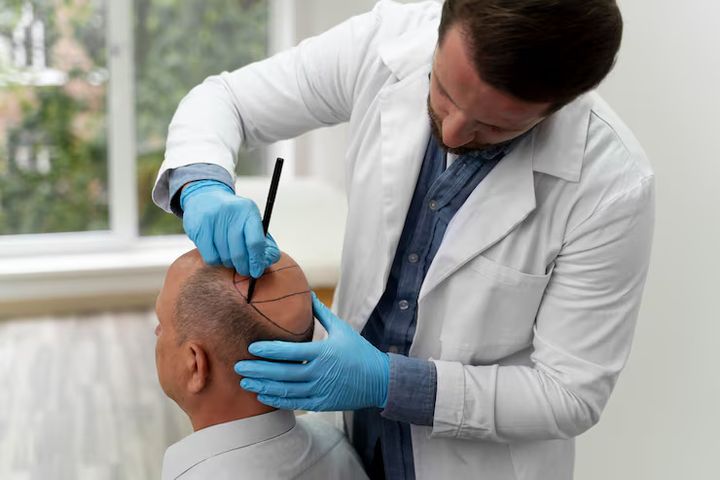This guide examines everything needed to learn about hair transplant processes, profits, risk, recovery and best practice.

The benefits of hair transplantation
Provides a long -lasting solution compared to current funds
It gives natural results with real hair growth.
Increases confidence and the general appearance
Low maintenance after complete recovery.
- Quickly cheap and accessible with global adoption.
Hair transplant limits
Inadequate donor is not suitable for hairy people.
Early recovery may include inflammation or smaller scars.
Many sessions may be needed in advanced cases.
Costs can vary widely depending on technology and location.
The results take 6-12 months to appear fully.
Types of hair transplant technology
Fut (follicular unit transplantation) - traditional strip method; Leaves a linear mark, but allows large graft numbers.
FUE (Follicular Unit Extraction) - Minimal Invasive, no linear brand, fast treatment, popular worldwide.
DHI (Direct Hagplantation) - Advanced FUE version using implants Pen for high precision.
Location with robotic hair transplantation-I-manual extraction and texture with robot help.
Combination of regenative drug with stem cells and PRP-assisted transplant ra-free solutions with hair restoration.
Hair transplant trends in 2025
Robotics and AI integration-colored prominent extraction and location.
PRP and vote -Sales therapy - rapid recovery and increased growth.
Countries such as Global Medical Tourism-Turkish, India and Thailand lead in cost-effective solutions.
Celebrity effect - increasing demand due to public data openly shares its processes.
Unisex demand - increasing popularity between both men and women.
Main features of a successful hair transplant
High graft survival rate (85–95%).
Minimum downtime with rapid treatment.
Custom hair festive design for natural appearance.
SKull -friendly order methods.
Long-term follow-up and aftercare support.
Comparison Table: Hair Transplant Methods
| Method | Invasiveness | Recovery Time | Scarring | Best For |
|---|---|---|---|---|
| FUT | High | 2–3 weeks | Linear | Large graft sessions |
| FUE | Low | 5–7 days | Minimal | Most patients |
| DHI | Very Low | 3–5 days | None | Precision hairline |
| Robotic | Low | 5–7 days | Minimal | Consistency & accuracy |
Checklist: Preparation for hair transplantation
Contact a certified dermatologist or hair surgeon.
Avoid alcohol, smoking and thinning of blood before surgery.
Discuss the availability of donor hair and realistic results.
Choose between fut, fue or advanced methods.
Plan the shutdown and care for surgery after surgery.
How to choose the right hair transplant
Qualification and certificate for clinic Check surgeon.
Review before portfolio.
Ask about the technology used (Robot, DHI, PRP).
- Confirm cleanliness and safety standard
Recovery and aftercare
Light swelling and redness are common the first week.
Avoid high exercise for 2-3 weeks.
Follow the prescribed drug prevention.
After 3-4 months, new hair begins to grow.
The end results will appear within 12 months.
Questions about child transplantation
Q1. Is a hair transplant permanent?
Yes, implanted hair is usually permanent because it comes from genetically resistant donor areas.
Q2. How long does the recovery take?
Most patients resume normal activities within a week, although full results occur for months.
Q3. Can women undergo hair transplantation?
Yes, advanced FUE and DHI techniques are widely used for women.
Q4. What is the risk?
Smaller risks include inflammation, spot or uneven expansion, but modern methods reduce complications.
Q5. Which countries are best for affordable hair transplant?
India, Turkey, and Thailand are top destinations due to advanced technology and experienced surgeons.
Practical technology
Hair transplantation in 2025 is no longer limited to celebrities - it has become a mainstream, effective and safe alternative for men and women facing hair loss.
With robotics, AI and regenerative therapy, the results are more natural than ever. The key is to choose an experienced clinic for proper technique and long -lasting success.







